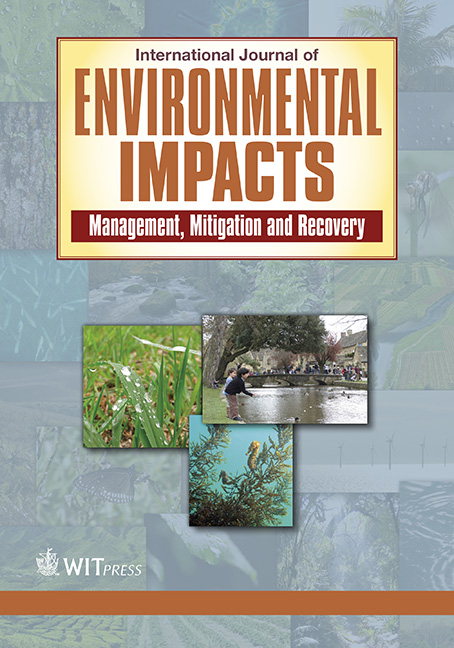Historical use of nitrogen and phosphorus fertilizers in rain-fed regions and their consequential implications on water quality in the Pacific Northwest, USA
Price
Free (open access)
Volume
Volume 1 (2018), Issue 3
Pages
9
Page Range
334 - 343
Paper DOI
10.2495/EI-V1-N3-334-343
Copyright
WIT Press
Author(s)
R.L. MAHLER & M.E. BARBER
Abstract
Nitrogen (N) and phosphorus (P) fertilizers are major sources of surface water and/or groundwater pollution in the Pacific Northwest. Soil scientists have tried to increase the efficiency of these nutrients in crop production within the region by refining both the rates of application, timing of application and placement of these nutrients within soils. The purpose of this article is to document changes in the use of these nutrients since 1971. To do this four mail-based grower surveys were conducted in 1981, 1996, 2011 and 2016 to document changing N and P fertilizer use and their methods of placement within soils. In addition, the surveys documented erosion control efforts, which would reduce surface water P pollution. In general, N application rates have increased by approximately 10% in the last 45 years. Even though more N fertilizer has been used, offsets due to increased yields, better timing of fertilizer additions and better application location within the soil profile (closer to the roots) have been observed. Conversely, P application rates have remained the same or slightly decreased in the last 45 years. In addition, implemented soil erosion control efforts have reduced the quantity of P moving off fields and into surface waters. Based on historical N and P application rates it is estimated that farms within the selected study area have reduced their N and P loads to surface waters by 15% and 28%, respectively.
Keywords
historical use, nitrogen fertilizer applications, nutrient loads in surface waters, phosphorus fertilizer applications




